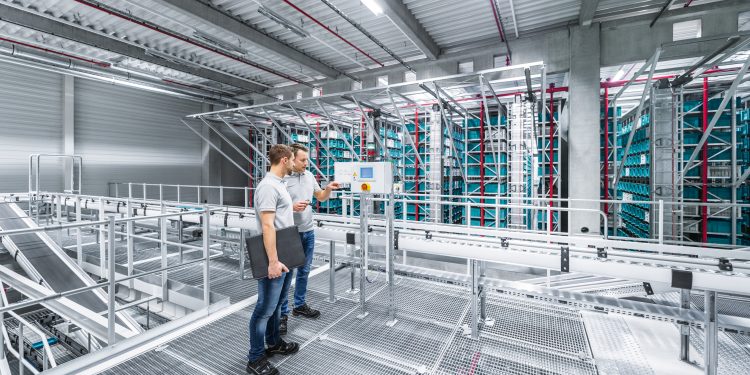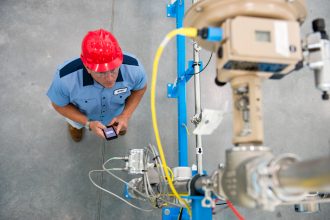Reduce Your Energy Consumption

Simple actions can drastically improve the efficiency of your equipment.
When it comes to the equipment in your facility, there are plenty of ways to cut energy consumption, and good reasons for doing so. Many companies overlook these opportunities, however, and that can be a costly mistake on many fronts. When you’re not engaged in the steps that allow you to save energy, you’re missing out.
The goals of cutting energy with your equipment fall into three main buckets: to conserve resources, to reduce environmental impact, and to achieve economic benefits. While you needn’t be motivated to accomplish all three, by taking simple steps, you will do just that. For most companies, however, the cost savings serve as the biggest carrot at the end of the stick for reducing energy consumption.
Typical issues that cost you energy include using outdated equipment that’s no longer efficient. Motors, compressors, and pumps all suffer wear and tear and if you’re not maintaining it and/or upgrading to newer, more efficient models, they won’t work as well as intended. This can lead to a host of problems, all of them costly.
Additional examples of neglect in action include running equipment at full capacity when it’s unnecessary, and leaving equipment powered on when not in use. Another problem could be that you’ve poorly strategized your material management processes and how all your equipment and machines fit into an optimal layout, which could lead to moving products in less than optimized patterns and similar inefficiencies.
If you want to get a handle on your equipment utilization and improve its efficiency, a great first step is an energy audit. While there’s no definitive best practice on how often to do this, at the minimum it should be once a year. Often, partnering with an equipment manufacturer, integrator, or consultant is the best way to approach this audit. Choosing to partner with an expert can come down to the size of your company and its resources. If you are a large enough operation to have an internal engineering staff capable of performing the audit, that may be the most affordable option. If not, however, bringing in outside help is a good idea.
An energy auditor will typically start by performing what’s known as a line walk when performing an audit. This is exactly what it sounds like—the auditor will walk down your line to give it a good look, identifying obvious problems. Common issues might include oversized cylinders, leaks, undersized tubes, or worn-out equipment. Auditors also work with original equipment manufacturers to help them look for areas of improvement. This involves looking at designs and CAD files to determine if they are designing in optimal fashion.
After the audit, the energy auditor will present you with a thorough outline of areas for improvement. You can take those suggestions and make the upgrades in equipment and behaviors. From there, staying on top of maintenance and checkups will keep your equipment humming along at a higher level of efficiency, saving your impact on the environment, your energy consumption, and also, your bottom line.
For more information about the Solutions Community: https://www.mhi.org/solutions-community
For further articles from the Solutions Community:
The Digitization Of Intralogistics: Sortation
Creating A Flexible Order Fulfillment Operation
Where Do Conveyors Go From Here?
The Digitization Of Intralogistics: Storage
Supply Chain Lessons Learned During The Pandemic
3 Ways Digital Tools Improve Warehouse Labor Productivity



